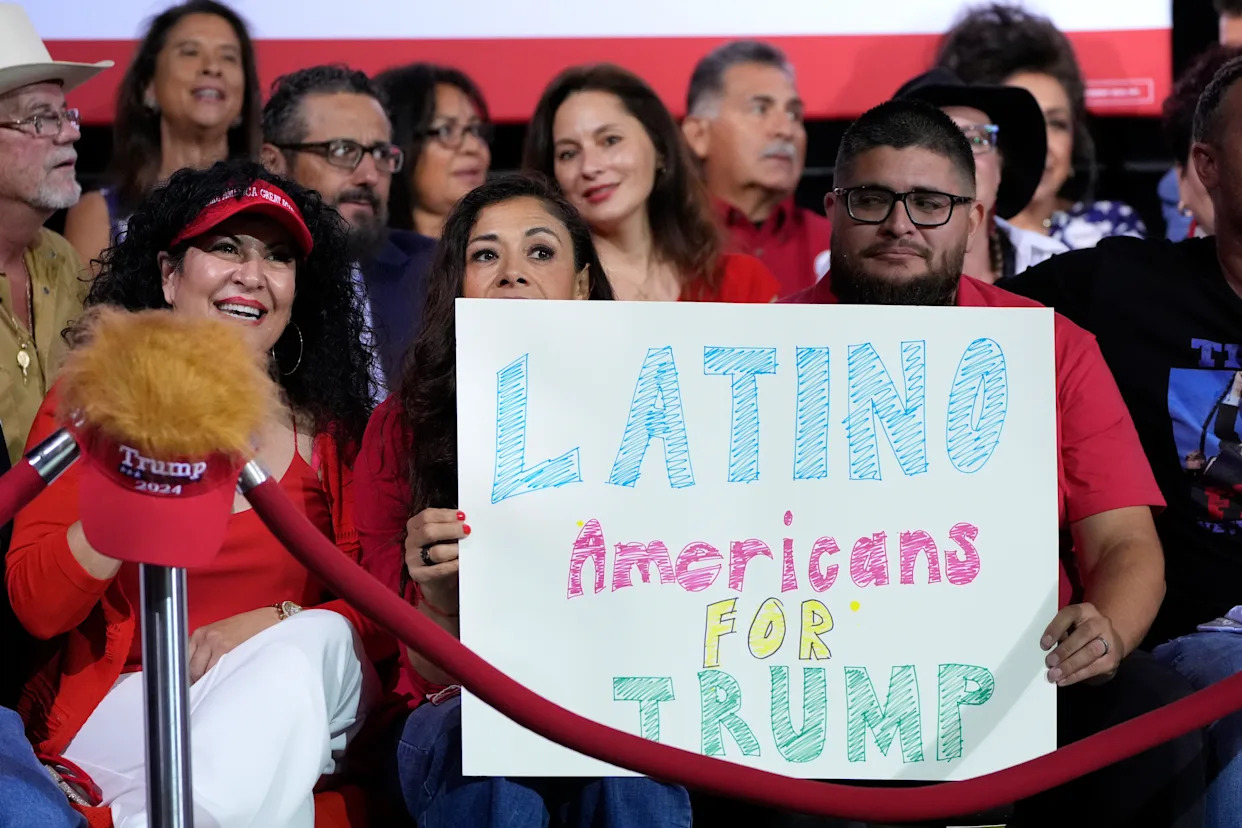In a significant political maneuver, Texas Republicans are placing a substantial strategic bet on their recent electoral successes with Latino voters, unveiling new congressional maps meticulously designed to heavily favor the GOP and establish four new red, majority-Hispanic districts across the state.
This bold redistricting initiative underscores the Republican Party’s profound confidence that the rightward political shift observed among Latino voters will continue, even without Donald Trump at the top of the ballot. It represents a deliberate doubling down on a national strategy that Republicans have been consistently implementing, aiming to solidify gains with a crucial demographic capable of shaping future majorities.
The increasing prominence of the “Latino Vote” has become a focal point for both major parties. In recent elections, a notable portion of Hispanic voters cast their ballots for Trump, indicating a potential realignment that has profound implications for “Texas Politics” and beyond.
Despite this shift towards Trump, “Voter Demographics” research in Texas and elsewhere reveals a nuanced picture, with many Latino voters also supporting downballot Democrats. Polls indicate a potential resurgence of Democratic support among these voters, particularly as economic concerns like inflation are perceived to have driven some toward the Republican Party in previous cycles.
The intricate process of “Redistricting” has specifically targeted key “Congressional Races.” For instance, six of the thirteen congressional districts that voted for Trump while also electing a House Democrat in a recent election were at least 40 percent Latino, including two in Texas currently represented by Democratic incumbents Vicente Gonzalez and Henry Cuellar. The proposed “Republican Strategy” involves redrawing these districts to exhibit an even stronger lean towards Trump.
Experts offer varied interpretations of these shifting allegiances. Matt Barreto, a pollster for the Biden-Harris campaign, suggests that Republicans might be misinterpreting the gains made by Trump as an individual for broader support of the Republican Party, positing a distinct “Trump effect” that may not be easily transferable to other GOP candidates.
Echoing this sentiment, Dan Sena, a former executive director of the Democratic Congressional Campaign Committee, observes that Hispanic voters in Texas tend to prioritize their paychecks and loyalty to the state over strict party affiliation. This focus on economic concerns, he argues, partly explains Trump’s appeal, but his absence from the ticket could lead to an erosion of that support for other Republican candidates.
Conversely, J.C. Polanco, an independent political analyst, attributes the shift of some Latino voters towards Trump as a reaction to the Democratic Party’s perceived move to the left. He contends that this demographic harbors a significant “disdain for socialism,” which Republicans are increasingly recognizing and attempting to capitalize on.
Melissa Morales, president of Somos Votantes, a Democratic-aligned organization focusing on Latino voters, emphasizes that everything known about this demographic suggests they are highly persuadable. Their decisions in recent election cycles, she notes, have largely been predicated on which party or candidate they believe will most effectively address their pressing economic concerns and priorities, underscoring the dynamic and responsive nature of the “Latino Vote.”






Leave a Reply